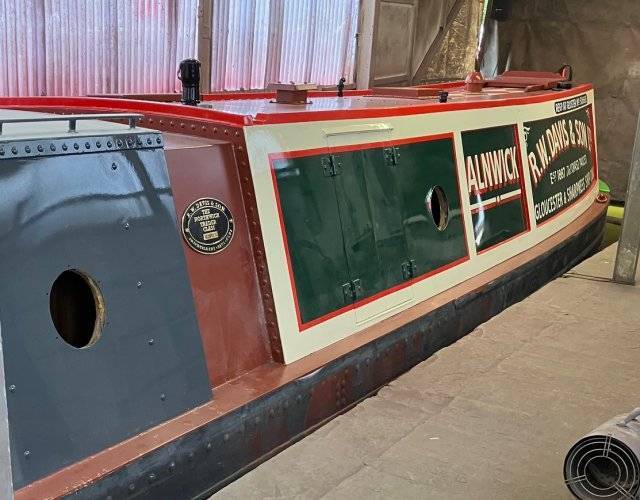A lot of nonsense about Kelvin engines and their suitability as motive power for narrow boats often emanates from those who have little or no experience of living with them. It was George Bergius who suggested to Phil Trotter that our K3 would be very appropriate for a narrow boat and, although the engine is capable of producing 66 horse power at 750 rpm - on inland waterways, with the correct screw, it will rarely need to exceed 300 rpm or thereabouts. At canal rpm the power output will be in line with that of many other engines currently being fitted to narrow boats. The advantages of a properly engineered slow running engine like the Kelvin K series includes low service and maintenance costs, exceptionally good fuel consumption (we use less than two litres an hour when cruising), and an absence of any obvious exhaust smoke - which means it is always a pleasure to stand behind!
We also have to remember that in the days of commercial canal carrying, the operators were limited by financial considerations - a failed engine could be easily replaced without risk to life. Kelvins and similar top of the range engines were the choice of those who rated dependable reliability above all else. That is why they were often chosen by Arctic fishermen!






